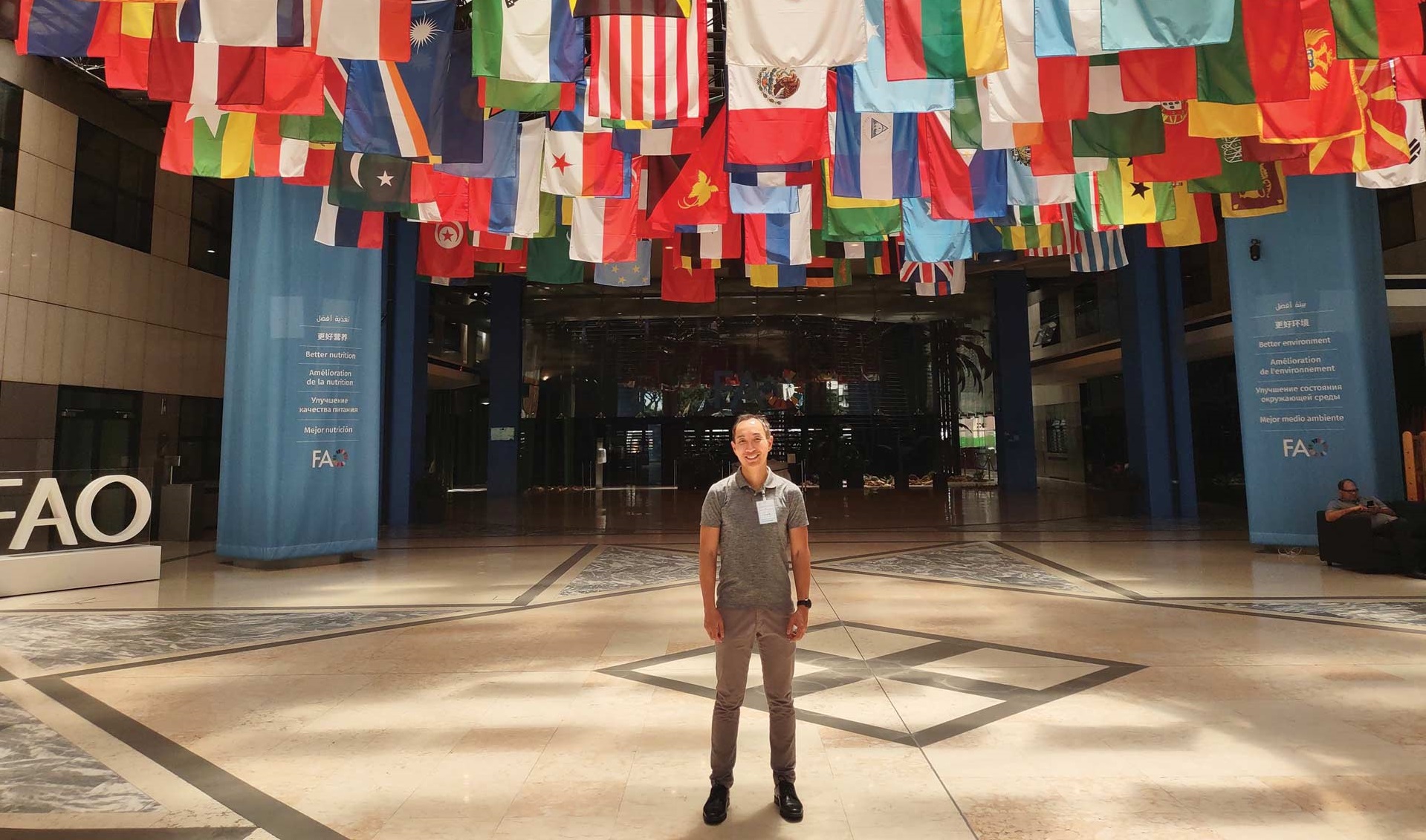
Jingjing Liang gave an invited seminar at the United Nations Food and Agriculture Organization in Rome.
BY NANCY ALEXANDER
When it comes to the need for agricultural irrigation, Peru and Indiana have little in common. But Keith Cherkauer, professor of agricultural and biological engineering and director of the Indiana Water Resources Research Center, is finding ways to apply what he learned in the South American country to the U.S. Midwest.
Cherkauer has proposed a project based on what he learned in Peru that involves working with community members here to develop apps to manage their water problems. “The problems in Peru are different, and the structure is different, but the interest of farmers in particular to come up with more sustainable water management strategies is common between the two locations,” he says.
International collaborations like this one have made the College of Agriculture and Purdue’s wider campus a hub for monitoring global environments, which not only benefits specific research locations but also furthers our understanding of the global ecosystem.


When it comes to the need for agricultural irrigation, Peru and Indiana have little in common. But Keith Cherkauer, professor of agricultural and biological engineering and director of the Indiana Water Resources Research Center, is finding ways to apply what he learned in the South American country to the U.S. Midwest.
Cherkauer has proposed a project based on what he learned in Peru that involves working with community members here to develop apps to manage their water problems. “The problems in Peru are different, and the structure is different, but the interest of farmers in particular to come up with more sustainable water management strategies is common between the two locations,” he says.
International collaborations like this one have made the College of Agriculture and Purdue’s wider campus a hub for monitoring global environments, which not only benefits specific research locations but also furthers our understanding of the global ecosystem.
SUSTAINABLE WATER MANAGEMENT
Cherkauer co-leads the Water Challenges Research Community in Purdue’s Institute for a Sustainable Future. His overall research focus is on how climate and land-use change affect the availability of water resources.
“Climate change plays a part in almost everything I do,” he says. “I spend a lot of time with observational datasets and remote sensing datasets trying to assess how crops and water use respond to the current climate, with the expectation that we’ll improve how we represent those responses in models that can be used to look at our future climate.”
Most of Cherkauer’s research centers on the Midwest, but collaborations have taken him to South America. In Colombia, through the USDA Borlaug International Agricultural Science and Technology Fellowship Program, his research focused on cacao.
“In Peru we were looking at pretty much every crop they ever grew, all of it irrigated,” he says. He was part of the Sustainable Water Management team in the early phases of a Purdue partnership with San Agustín National University Arequipa as part of the Arequipa Nexus Institute.
Agriculture in Peru is wholly dependent on irrigation, Cherkauer says. The country’s location near the equator ensures unchanging sun and uniform temperatures throughout the year. “They can grow pretty much any crop at any time as long as they have water,” he says. But water supplies are unreliable and inconvenient.
In contrast, Indiana growers rely on rainfall for crop production. But water researchers are also taking climate change into account. Cherkauer is running an experiment, led by Professor of Agronomy Laura Bowling, that seeks to increase water storage in the landscape to apply later as supplemental irrigation to rain-fed crops.
“We get pretty wet winters and springs, and rather than flushing all that water down the Mississippi, we’re trying to find ways to save some of it,” he explains. “We don’t have the topography that Peru has where they can put up a bigger reservoir, but we have substantially more water.”
Cherkauer has found one shared characteristic wherever his research takes him. “Collaboration with locals is definitely an important component of solving water problems, whether that’s international or domestic,” he says. “Solutions that come from elsewhere are not necessarily going to be implemented or effective.”
MEASURING TREES WORLDWIDE
Knowing the number, size and types of trees on earth and where they all grow may not seem important to an Indiana resident who is content to identify and count the trees in their own yard.
But changing forest ecosystems in the state, nation and around the world affect every Indiana citizen, especially farmers, foresters and people who live in rural communities, says Jingjing Liang, associate professor of forestry and natural resources and co-lead of the Biodiversity Research Community of Purdue’s Institute for a Sustainable Future.
Using a comprehensive global forest inventory database developed at Purdue, Liang’s research answers fundamental questions that have long puzzled forest ecologists: How many tree species are there? Where are they distributed? What governs the earth’s biodiversity patterns; that is, why do tropical forests have so many tree species while boreal forests have only a few?
In 2022 Liang’s team published a paper in the Proceedings of the National Academy of Sciences that presented the first ground-sourced data estimate of 73,000 tree species worldwide. “This is the information that can guide us in better protecting, conserving and restoring the forest ecosystems around the world,” Liang says. “The whole world is responsible for protecting those forests.”
Toward that goal, Liang co-founded the Global Forest Biodiversity Initiative (GFBI) in 2016 to support worldwide research, policymaking and education in forest sciences. Science-i followed in 2022 as an independent research platform to support GFBI and connect researchers with collaborators and data sources worldwide.
Contributors to Science-i include agencies that collect forest data, local and federal governments, and forest institutes and organizations. Data users are primarily scientists who need the data to support their studies — more than 400 around the world.
The extensive global partnership and comprehensive forest tree database created from this project will complement Purdue’s Institute for Digital Forestry, which leverages technology and multidisciplinary expertise to measure, monitor, and manage urban and rural forests.
Liang is a strong advocate for open data in global forest research, especially to support underrepresented people. “For the sake of science and the sake of equality, we need to make data open to everyone,” he says.
Science-i has helped increase collaborative, forest-related research projects from two or three a year to more than 30, including some by researchers in Africa, South America and Southeast Asia — the site of especially vulnerable tree species.
Liang works with the Food and Agricultural Organization of the UN to assist different governments, especially in the Global South, with forestry capacity building and artificial intelligence solutions. Among his main sponsors are the World Resource Institute and the Bezos Earth Fund.
One of the lessons scientists have learned from monitoring the world’s forests is that restoration and reforestation must have solid ecological research support. “It cannot be done by the government planting a bunch of trees,” Liang says. “We need to study what species to plant, where to plant, how much to plant. Planting the wrong species can be devastating to local ecosystems.”
Liang has observed a shift from hypothesis-driven research in forestry and ecology to exploratory studies that are entirely data driven, made possible by advances in computer sciences, vast amounts of available data and developments in artificial intelligence. Not surprisingly, complementing this first trend is a second one: an exponential increase in international collaboration.
LESSONS IN REFORESTATION
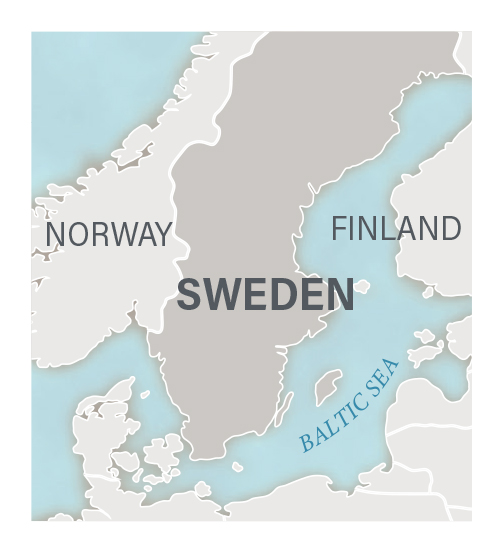 Douglass Jacobs, van Eck Chair of Forest Biology and professor of forestry and natural resources, is grounded at Purdue and focused on Midwest native hardwoods. And he emphasizes this point from Sweden.
Douglass Jacobs, van Eck Chair of Forest Biology and professor of forestry and natural resources, is grounded at Purdue and focused on Midwest native hardwoods. And he emphasizes this point from Sweden.
As a principal scientist of the Hardwood Tree Improvement and Regeneration Center at Purdue, Jacobs’ research centers around reforestation and restoration of species native to the Midwest. He is in Sweden as a 2023–24 Fulbright Scholar, working with colleagues at the Swedish University of Agricultural Sciences (SLU) and its southern arm, the Southern Swedish Forest Research Centre.
As in the central U.S., oak is fundamental in Swedish broadleaf management programs as a commercial species that is also important to wildlife. “I have the opportunity to expand the scope of research that I’ve been doing at Purdue with Midwest hardwoods and address similar issues that are also relevant to the hardwood forests of southern and middle Sweden,” he says.
One such issue is cost-effective control to minimize damage from deer browse in newly planted hardwood trees. Another is to study the use of multiple species in establishing new forests.
Research shows that both in natural and planted forest stands, planting multiple species increases overall stand productivity. “The challenge, though, is which species to mix together — it’s not that simple — and how you vary that mixture and choice of species as you move across the landscape and encounter different conditions,” Jacobs says.
He hopes his research will help scientists better understand the mechanisms of why multiple species produce greater overall site productivity in combination. He also aims to help develop recommendations specific to different regions for more compatible and productive hardwood forest stands.
Jacobs calls his Swedish counterparts “more forward-thinking” about the changing climate. “I’ve found climate change impacts and also biodiversity impacts to be much more important criteria and priority for forest management in Sweden as compared to the U.S.,” he says.

Roughly 7,200 miles from his Swedish base of Alnarp, Jacobs also partners with the U.S. Forest Service Institute of Pacific Islands Forestry in Hawai’i, where he is involved in restoring native forests that were removed to make way for agriculture and grazing lands.
On a previous sabbatical in 2008-09, Jacobs worked in Spain, at the Technological University of Madrid (UPM) College of Forestry. There his colleagues worked with dry site Mediterranean oaks, which tend to hold their leaves year-round, developing successful technologies to establish trees on extremely arid sites.
Jacobs has been able to apply some of those technologies to Midwest hardwoods. For example, small tree shelters — plastic tubes that wrap around seedlings to protect them from drought stress during their first few years of life — can also protect seedlings from deer browse.
He expects his experience in Sweden will similarly broaden his perspective on his research. “Working in other parts of the U.S. and other countries where the systems are quite different, yet the challenges are similar, helps to generate new ideas and new questions,” he says.
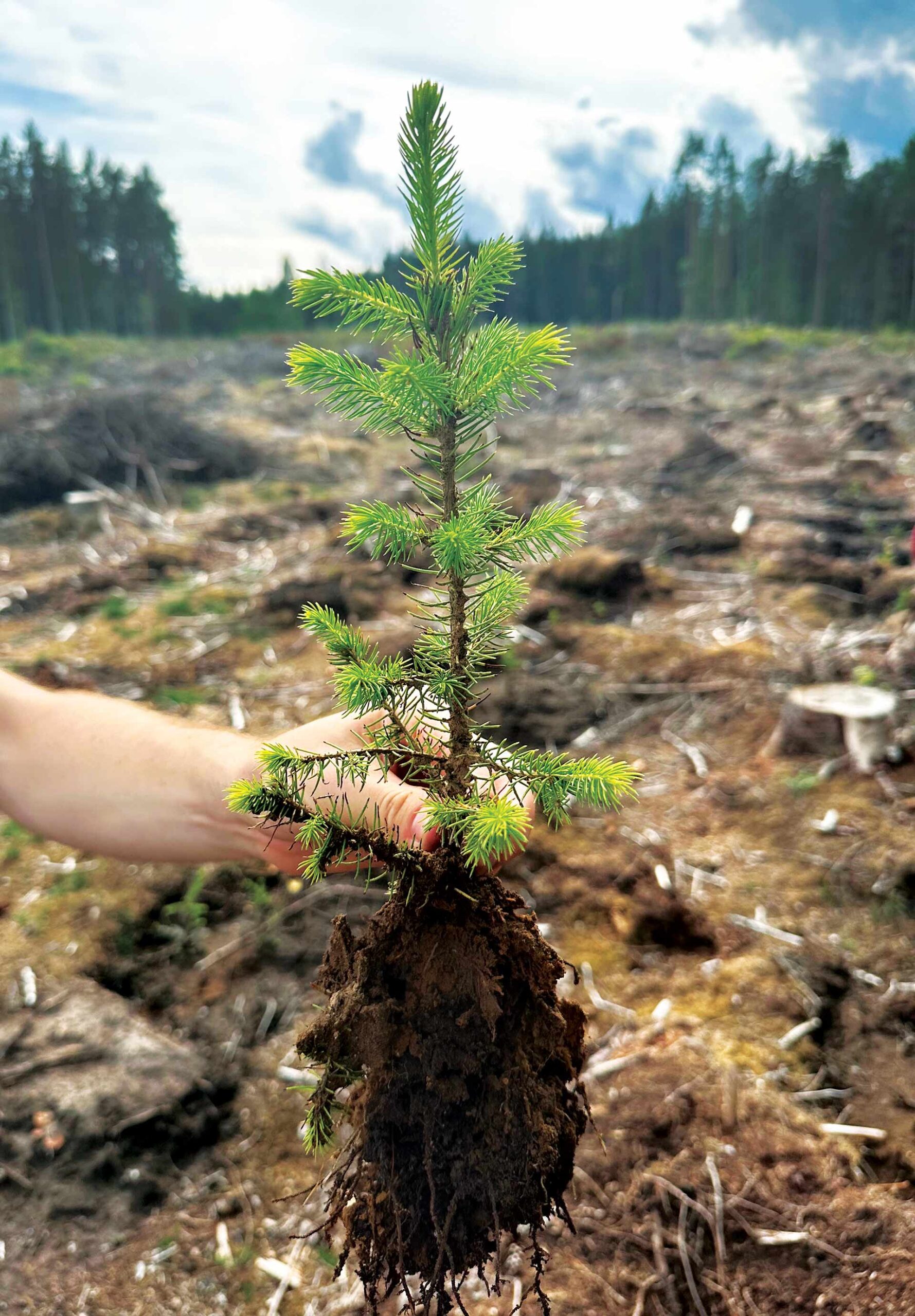
He hopes his research will help scientists better understand the mechanisms of why multiple species produce greater overall site productivity in combination. He also aims to help develop recommendations specific to different regions for more compatible and productive hardwood forest stands.
Jacobs calls his Swedish counterparts “more forward-thinking” about the changing climate. “I’ve found climate change impacts and also biodiversity impacts to be much more important criteria and priority for forest management in Sweden as compared to the U.S.,” he says.
Roughly 7,200 miles from his Swedish base of Alnarp, Jacobs also partners with the U.S. Forest Service Institute of Pacific Islands Forestry in Hawai’i, where he is involved in restoring native forests that were removed to make way for agriculture and grazing lands.
On a previous sabbatical in 2008-09, Jacobs worked in Spain, at the Technological University of Madrid (UPM) College of Forestry. There his colleagues worked with dry site Mediterranean oaks, which tend to hold their leaves year-round, developing successful technologies to establish trees on extremely arid sites.
Jacobs has been able to apply some of those technologies to Midwest hardwoods. For example, small tree shelters — plastic tubes that wrap around seedlings to protect them from drought stress during their first few years of life — can also protect seedlings from deer browse.
He expects his experience in Sweden will similarly broaden his perspective on his research. “Working in other parts of the U.S. and other countries where the systems are quite different, yet the challenges are similar, helps to generate new ideas and new questions,” he says.
THE HUMAN ELEMENT
Zhao Ma’s work as a social scientist makes her a keen observer of how people interact with the environment. The professor of forestry and natural resources and a faculty affiliate of Purdue’s Institute for a Sustainable Future leads the Human Dimensions Lab at Purdue, studying how individuals and organizations make natural resource decisions in the context of social-ecological changes such as climate change, labor migration, demographic shifts, invasion of nonnative plants, and increasing fire occurrence and magnitude.
“From payments for ecosystem services in Bolivia, to climate change in Peru, to water governance in Pakistan, to invasive plants and forest regeneration in the U.S., to community revitalization in the Great Lakes, to urban agriculture in Indiana — all of my projects are centered around this idea of decision-making, but the context of my work varies dramatically,” Ma says.
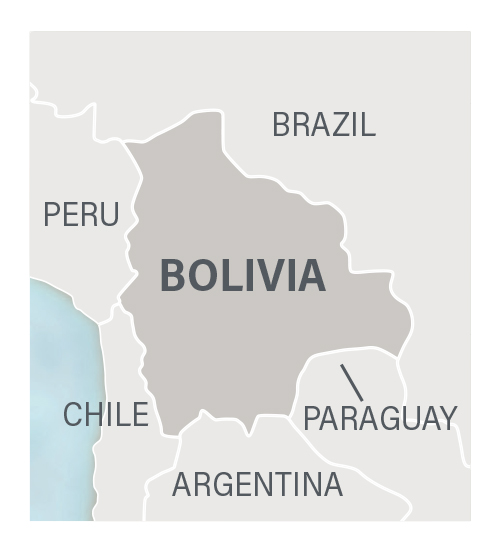 Ma has three research projects underway in Bolivia. Ongoing relationships with Bolivian conservation organizations “allow me to do the research that is important for the literature and knowledge-building, but also to generate results that are useful for the local organizations and to the community,” she says.
Ma has three research projects underway in Bolivia. Ongoing relationships with Bolivian conservation organizations “allow me to do the research that is important for the literature and knowledge-building, but also to generate results that are useful for the local organizations and to the community,” she says.
For the past six years, her team has studied payments for ecosystem services (PES). Countries, municipalities, and non-governmental organizations (NGOs) worldwide spend billions of dollars each year to implement this incentive-based environmental conservation program.
“The gist of the idea is to have society-at-large or specific groups of resource users pay resource managers some kind of incentive in exchange for them managing resources in a sustainable fashion that generates ecosystem services that are enjoyed by everyone,” Ma explains.
She is working with Fundación Natura Bolivia, a large NGO, to answer a novel question about PES: “Do we need to give people material incentives with strings attached, or can we capitalize on people’s intrinsic motivation to conserve the environment?”
The latter approach sounds unconventional, she acknowledges. “But we have solid qualitative and quantitative data to show, in that particular context, unconditional payment works.”

Her research in South America may benefit farmers, landowners and resource managers in Indiana, Ma says. “We can help our management agencies, resource professionals and extension professionals to think about strategies that can be used to motivate people to work together.”
Ma credits the National Science Foundation as an important funding source to try out innovative ideas. She also works extensively with the Indiana Department of Natural Resources and the USDA Forest Service.
Her research incorporates multidisciplinary expertise. “Every single project of mine has collaborators from disciplines other than mine,” she says — agricultural scientists, ecologists, biologists, wildlife managers, engineers, and often other social scientists from cultural anthropology, social psychology or political science.
“Geographic and cultural context really matters in terms of people’s interaction with the environment,” she says. “This being said, after 20 years conducting research in different communities around the world, the common thing I notice is that people care deeply about and have compassion for the environment. We need to think about how to cultivate those values, motivations and connections to promote more sustainability-focused conservation and development practices.”
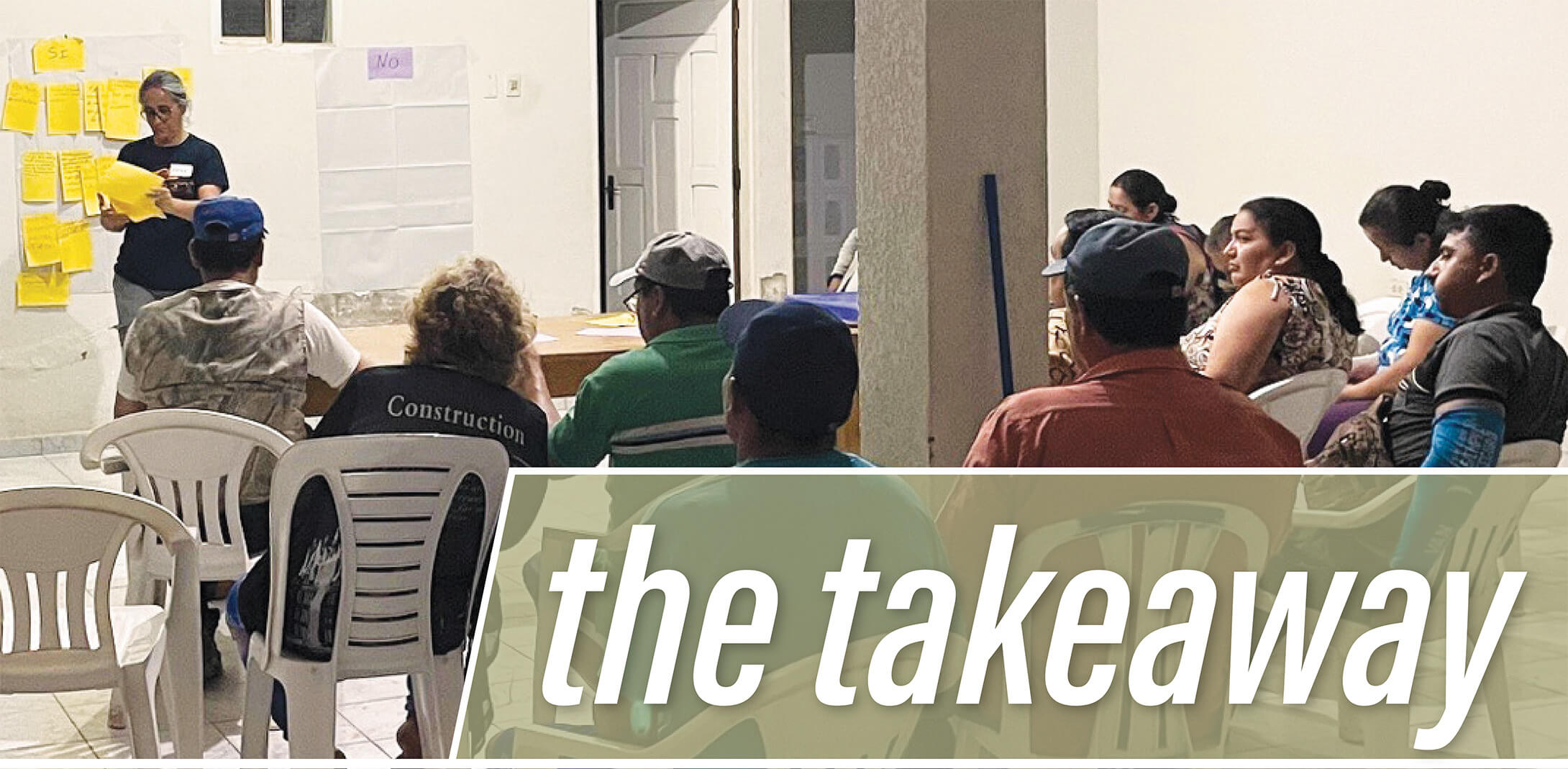
- In environmental research, collaboration is key: Purdue researchers partner with university colleagues, NGOs and governments worldwide to monitor environments, collect data, and test new ideas and approaches.
- Keith Cherkauer found big differences in Peru and Indiana’s irrigation needs but similarities in farmers’ interest in managing their water challenges.
- Science-i, an independent research platform developed by Jingjing Liang, connects researchers with collaborators and data sources worldwide.
- Douglass Jacobs has taken his interest in reforestation and restoration of native species in the Midwestern U.S. to southern Sweden, where oak is as fundamental and commercially important as it is here.
- Zhao Ma conducts her research on human interaction with the environment amid change in a wide variety of settings, from the Great Lakes region to South America and Asia.
- Implications of climate change figure in to nearly all of the projects that these Purdue researchers are conducting with their international partners.
Researchers conduct a focus group in the municipality of Samaipata in Santa Cruz, Bolivia.

